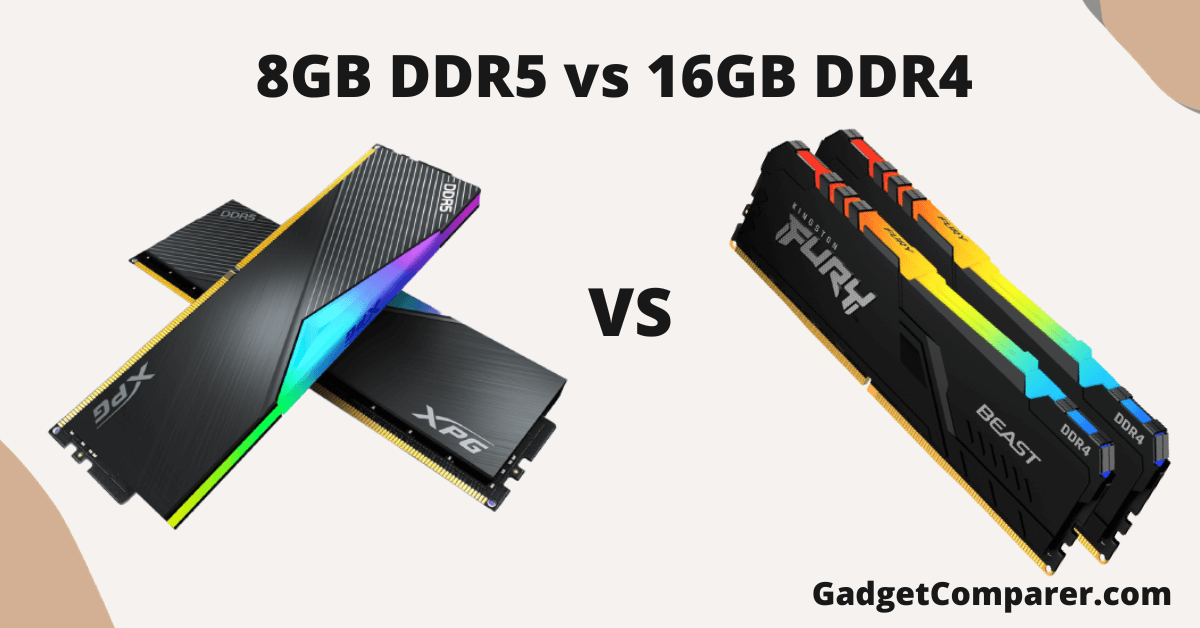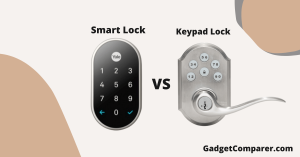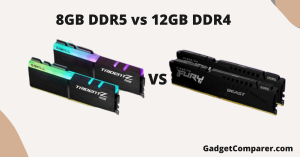With the emergence of DDR5 RAM, many people wonder whether it will be superior to DDR4 RAM. In this article, we will compare 8GB DDR5 vs 16GB DDR4 RAM to the differences between these two RAM types.
8GB DDR5 vs 16GB DDR4
The answer depends on your specific requirements and usage scenario.
Performance by application
For everyday tasks, light gaming, and moderate productivity, 8GB DDR5 RAM is usually sufficient. It offers fast data transfer speeds, energy efficiency, and decent multitasking capabilities.
However, if you’re doing more demanding tasks like heavy multitasking, gaming with high graphics settings, or creating professional content, 16GB DDR4 RAM offers greater capacity and potential performance benefits.
Possibility of future upgrades
DDR5 RAM represents the latest technology, but adoption is still in its infancy. For now, DDR4 RAM is more widespread and accessible. The benefit of choosing 16GB DDR4 RAM is that the DDR4 modules can be used for a longer period of time, making future upgrades easier.
On the other hand, choosing 8GB DDR5 RAM may limit your upgrade options until DDR5 becomes more widely available.
Cost efficiency
Considering cost, 8GB DDR5 RAM is usually more expensive than 16GB DDR4 RAM. If you have budget constraints, opting for 16GB DDR4 RAM will give you greater capacity at a cheaper price.
However, if you value the latest technology and potential future performance improvements, investing in 8GB DDR5 RAM may be a worthwhile choice.
8GB DDR5 RAM or 16GB DDR4 RAM which is better in performance?
RAM plays an important role in various computing tasks. Let’s take a look at 8GB DDR5 and 16GB DDR4 RAMs at various aspects of the system performance.
Games and graphics-intensive applications
When it comes to gaming and graphics-intensive applications, RAM plays an important role in providing smooth performance. While 8GB DDR5 RAM can effectively handle most modern games and applications, the larger capacity of 16GB DDR4 RAM may offer advantages in certain scenarios.
Games with high-resolution textures, complex environments, and extensive modding can benefit from the additional memory to reduce loading times and minimize frame rate drops.
Content creation and video editing
Content creators and video editors often use large files and resource-intensive software. In these cases, having sufficient RAM is important for a smooth and efficient workflow. 8GB DDR5 RAM can handle basic content creation tasks like photo editing and audio production, but the larger 16GB DDR4 RAM is recommended for professional-level video editing, 3D rendering, and other memory-intensive tasks.
Multitasking and productivity
Having enough RAM is important for individuals who frequently run multiple applications simultaneously or frequently engage in excessive multitasking.
Both 8GB DDR5 and 16GB DDR4 RAM can effectively handle everyday tasks and productivity applications. However, users who frequently use resource-intensive software or need to multitask will benefit from the larger capacity provided by 16GB DDR4 RAM.
Conclusion
In conclusion, the choice between 8GB DDR5 RAM and 16GB DDR4 RAM depends on your specific requirements, usage scenarios, and budget. For everyday tasks, light gaming, and moderate productivity, 8GB DDR5 RAM provides ample performance.
On the other hand, if you take on more demanding tasks or prioritize future upgradeability, 16GB DDR4 RAM with a larger capacity may be a better choice. Consider your needs and budget carefully before making a decision.




